
Swami Vivekananda’s mission for rejuvenation of Bharat began with the plan he hit upon sitting on “the last bit of Indian rock”. He reveals this in a letter that he wrote to his brother-disciple Swami Ramakrishnananda on 19 March 1894 from America: “Sitting on the last bit of Indian rock—I hit upon a plan …. Suppose some disinterested sannyasins, bent on doing good to others, go from village to village, disseminating education and seeking in various ways to better the condition of all … through oral teaching, and by means of maps, cameras, globes, and such other accessories – can’t that bring forth good in time? …. We, as a nation, have lost our individuality, and that is the cause of all mischief in India. We have to give back to the nation its lost individuality and raise the masses.”
The Rock at Kanyakumari
The spiritual power of the Rock which is the feet of Bharatmata, drew Swami Vivekananda to Kanyakumari. After his sojourn as a wandering sannyasi across India, Swami Vivekananda reached Kanyakumari in Dec 1892. During his travelling, he had seen how Indians had degenerated into poverty, ignorance and utter loss of self- confidence. He was greatly distressed that under the rule of foreigners, the last of whom were the British, Indians had forgotten their own identity. But even amidst this degeneration he could see the unique spiritual potential of the land. He identified this potential as the tool which would uplift his fellow countrymen from their stupor, and not only that, but also empower them to contribute to the progress of human civilisation. How to achieve this was the question that was tormenting his mind.
هذه القصة مأخوذة من طبعة February 2020 من The Vedanta Kesari.
ابدأ النسخة التجريبية المجانية من Magzter GOLD لمدة 7 أيام للوصول إلى آلاف القصص المتميزة المنسقة وأكثر من 9,000 مجلة وصحيفة.
بالفعل مشترك ? تسجيل الدخول
هذه القصة مأخوذة من طبعة February 2020 من The Vedanta Kesari.
ابدأ النسخة التجريبية المجانية من Magzter GOLD لمدة 7 أيام للوصول إلى آلاف القصص المتميزة المنسقة وأكثر من 9,000 مجلة وصحيفة.
بالفعل مشترك? تسجيل الدخول
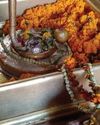
Panchakroshi Parikrama of Varanasi
At the snow-capped Kailas, the Divine Lord Shiva was seated with Mother Parvati.
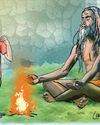
Gadai and the Monks
A fictional narrative based on incidents from the childhood of Sri Ramakrishna.
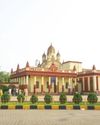
Chintayo momo maanosho Hori...
Sri Ramakrishna loved songs. There probably was no normal day when he did not sing some songs.
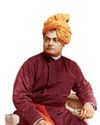
The Vedanta Vaccine
The world is still struggling under the impact of the pandemic due to Covid-19 for the last three years.

Chandrakirti's Chariot: Self in Madhyamaka Buddhism and Advaita Vedanta
The goal in Advaita Vedanta is the cessation of suffering and the attainment of true fulfillment. Suffering, according to this school, is due to ignorance of the true nature of the self and consequent erroneous identification with the body-mind.
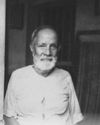
Reminiscences of Sargachhi
Question: यद्यदाचरतत श्रेष्ठसतत्तदरेवरेतरो जनिः। ‘Whatever a superior person does, others do the same thing!’ (Gita 3:21) – What does this statement mean?
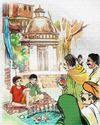
THE AUTUMN FESTIVAL
A fictional narrative based on incidents from the childhood of Sri Ramakrishna.

Bards of Guruvayur: Vilwamangalam II
Saints of India
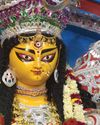
In the Universal Mother’s Divine Playground
Swami Vivekananda never taught the worship of Mother Kali. In a letter to Mary Hale he writes, “Kali worship is not a necessary step in any religion.
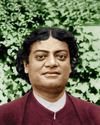
Swami Vivekananda: A Sportsman Par Excellence
In various books and articles, Swami Vivekananda has been called a spiritual leader, a prophet, a patriot, a social reformer, a philosopher, a yogi, a writer, an orator, an educationist, a musician, and so on.